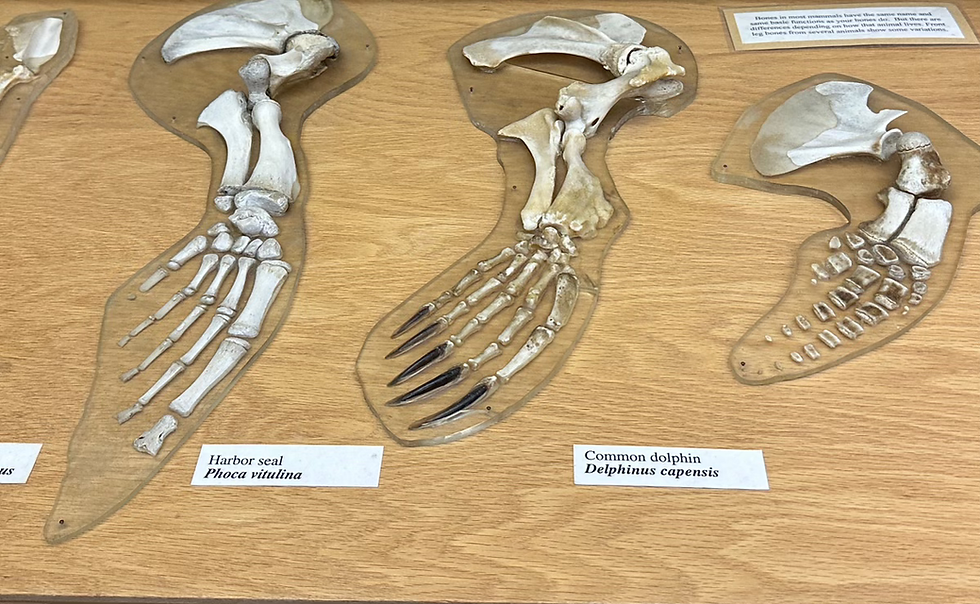My Year as a STEGG Fellow at Texas A&M University
- Elise Baugh
- Aug 12
- 3 min read
Growing through genomics in the Department of Veterinary Integrative Biosciences

The short version
I wrapped up an unforgettable year as a STEGG fellow through an NSF funded research program in genomics at Texas A&M University. I learned a huge amount, found a supportive community, and built connections that I will keep for life. Here is what the year looked like and what comes next.
Why STEGG
STEGG is an NSF funded fellowship that supports training and research in genomics and evolutionary biology. The program brought me into a collaborative environment at Texas A&M University where I could grow as a scientist while contributing to active projects. You can read about the program here: STEGG INTERACT information page.
What I worked on
My project focused on comparative mammalian genomics with an emphasis on recombination rate evolution across the cat family. I worked with whole genome data and modern inference tools to generate and compare recombination maps. The project let me combine coding, statistics, and biological insight while learning to manage large data on high performance computing clusters.
A few highlights from the research
Building end to end workflows for data cleaning, masking, and analysis so that results were reproducible.
Training and evaluating models that estimate recombination rates along chromosomes.
Comparing results across species and linking patterns to questions in evolution and conservation.
The people who shaped the year
The best part of the fellowship was the people. I learned from patient mentors, generous lab mates, and a wider network of collaborators who made the work feel fun and possible. Thank you to everyone who shared time, code tips, and encouragement. I am grateful for your support and for the laughter that kept long days light. Special thanks to the Murphy Lab at Texas A&M University for hosting me and providing lab space and resources to support my growth.

Skills I am taking with me:
Stronger command of the Unix command line, Python, and core bioinformatics tools for genomics.
Practice with version control, job schedulers, and careful logging.
Clearer habits for documentation and communication so that projects are easy to pick up and easy to reproduce.
Moments I will remember
Journal club sessions where we learned and presented key findings from scientists whose work changed how we ask questions and see the field.
Working through tough bugs largely on my own and the feeling of accomplishment when runs finally completed.
Sharing results in group meetings and hearing thoughtful questions that made the science better.
What comes next
I am carrying this momentum into new projects that look at how gene families evolve and how genomic features shape trait evolution. I will keep building tools that make complex data easier to explore. If you are interested in collaborating, I would love to connect. Email me at elisebaugh105@gmail.com or reach out on LinkedIn
Gratitude
This year reminded me that science is a team sport. Thank you to the STEGG community, to mentors at Texas A&M University, and to friends who cheered from near and far. Your support made a real difference.
Read more
For the culminating research I presented at the Evolution 2025 meeting, read my post with figures and context: Presenting my research at the 2025 Evolution meeting in Athens, Georgia.



















Comments